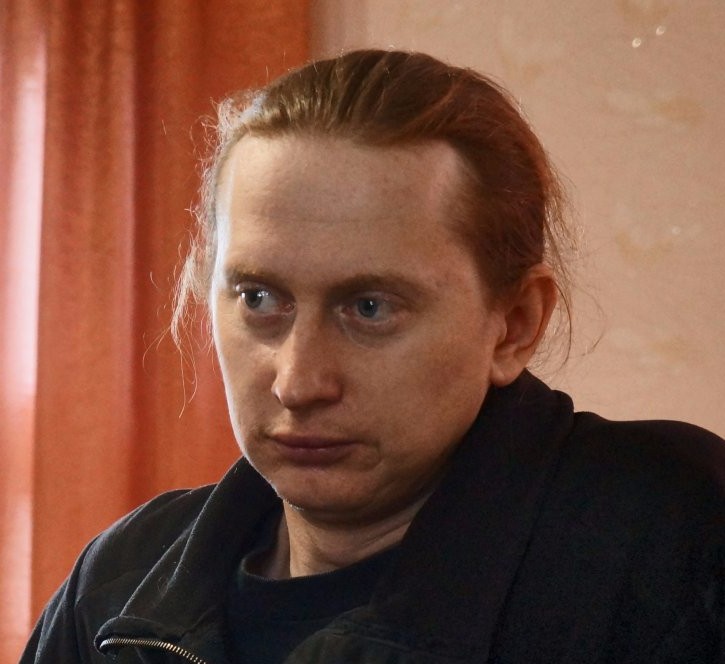photo and video by nikita pivovarov
Coal. Tremors
Blast hole production drilling of Kuzbass is much cheaper but it inflicts terrible damage to the environment and human health. Intensive development causes landslides and even earthquakes
Blog-tour to Kuzbass. Part 1
Blog-tour to Kuzbass. Part 1
In early October, a blog-tour, related to environmental problems caused by coal mining, took place with support of "7x7". Bloggers and journalists from Moscow, St. Petersburg, Murmansk, Kirov, Syktyvkar, Petropavlovsk-Kamchatsky and Kemerovo went to Novokuznetsk – center of Russian coal mining.
See you in hell
I don't want to be pretentious, but coal mines are similar to entrance to hell, to outskirts of Mordor – it was mentioned by many witnesses. This similarity is not only visual. Blast hole production drilling seriously harms environment and human health. This seems to be more than enough to set lots of claims and lawsuits to mining companies. But in the stories about production of "safe black gold" there is another man-made disasters – landslides, and even earthquakes. During the most powerful, three years ago, the intensity in the epicenter reached seven (according to some estimates, even eight) points. In these stories also appear burned village of indigenous Shor minorities, so out of place in the license area; cars packed with explosives, passing through settlements every day; poisoned water, polluted air, blackened river and other frightening things.
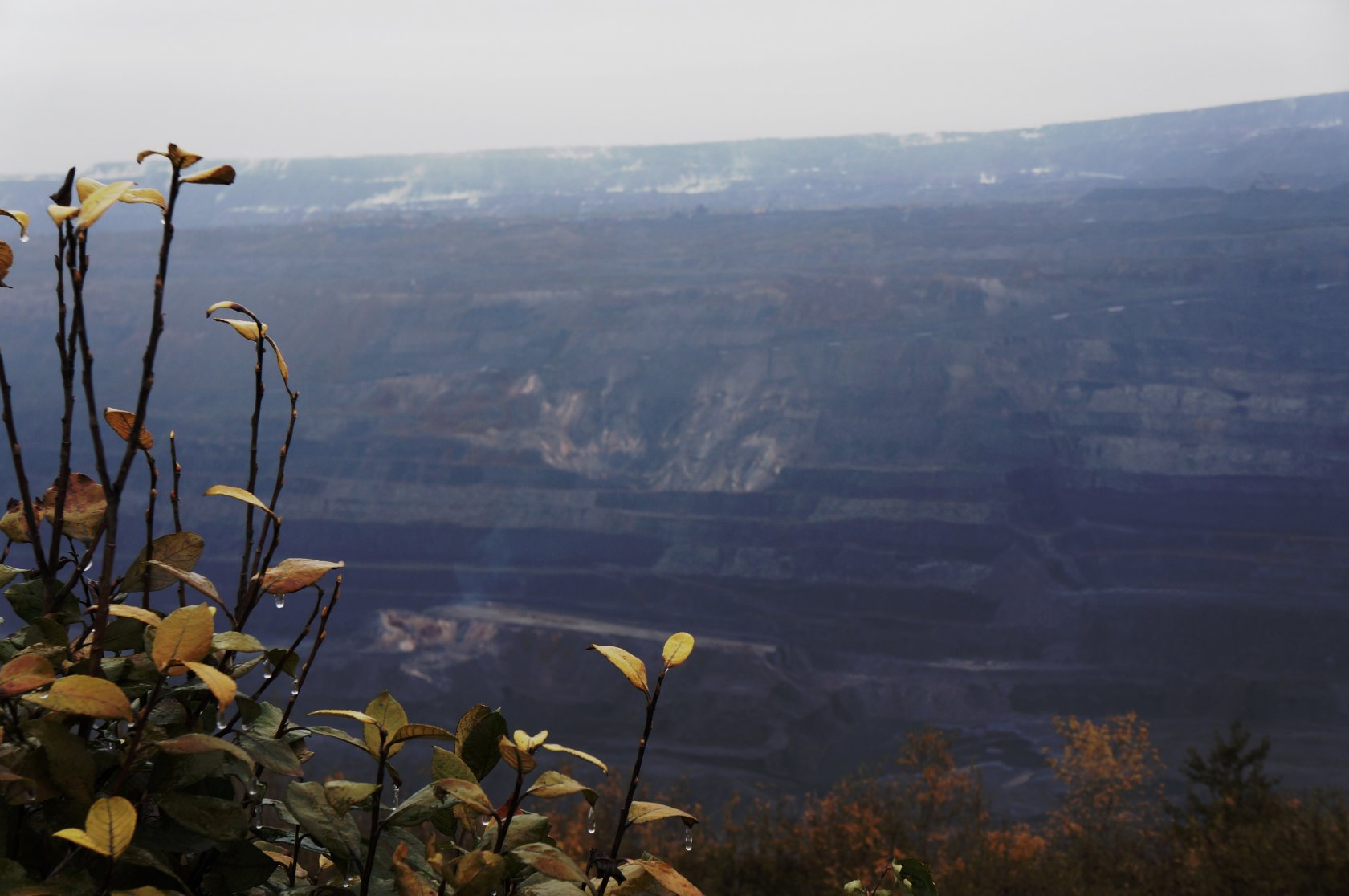
And not all this is remarkable but a powerful insulation, which does not allow the thunder of explosions, earthquakes and landslides leak somewhere beyond the Kemerovo region. In a sense the material suggested below may be considered a small informational breakthrough.
Kuzbass is the biggest coal basin in the country. It produces almost 60% of all Russian coal, there are 120 coal mining enterprises (66 mines and 54 cross-sections) and 52 processing plants and installations.
We came to see cross-sections, where coal is mined by open, cheapest and dirtiest way, and communicate with people who live nearby.
Kuzbass is the biggest coal basin in the country. It produces almost 60% of all Russian coal, there are 120 coal mining enterprises (66 mines and 54 cross-sections) and 52 processing plants and installations.
We came to see cross-sections, where coal is mined by open, cheapest and dirtiest way, and communicate with people who live nearby.

Today Russia produces more coal than it can consume. According to different data, more than 10 million tons is located in warehouses and they run out of space. Production growth is mainly due to Kuzbass – annually produces about 360 million tons of coal, about half is exported. 70% of fuel is mined by blast hole production drilling – it is cheaper. The environmental consequences of such production is much worse.
Russian government intends to increase domestic consumption and export, reducing share of gas and increasing share of coal. According to the state program of development of the coal industry, share of coal in energy consumption is expected to increase by half by 2030. A number of power plants with total capacity of over 10 gigawatts will be put into operation between 2020 and 2022 years. It is planned to export 50 billion kilowatt-hours in China, to raise the percentage of deliveries to the Asian market from 5% to 16%. However, it is unclear how governmental desires coincide with opportunities as not only Europe refuses of coal, but also China reduces its consumption. In 2014, coal mining companies suffered losses for the first time. In 2016, a drop in demand was noted. In general, the coal industry is in deep crisis. Up to half of the world's coal enterprises operate at a loss. This is partly the result of consistently low prices for coal.
Russian government intends to increase domestic consumption and export, reducing share of gas and increasing share of coal. According to the state program of development of the coal industry, share of coal in energy consumption is expected to increase by half by 2030. A number of power plants with total capacity of over 10 gigawatts will be put into operation between 2020 and 2022 years. It is planned to export 50 billion kilowatt-hours in China, to raise the percentage of deliveries to the Asian market from 5% to 16%. However, it is unclear how governmental desires coincide with opportunities as not only Europe refuses of coal, but also China reduces its consumption. In 2014, coal mining companies suffered losses for the first time. In 2016, a drop in demand was noted. In general, the coal industry is in deep crisis. Up to half of the world's coal enterprises operate at a loss. This is partly the result of consistently low prices for coal.
Vladimir Slivyak
Head of the public organization "Ecodefence", environmentalist
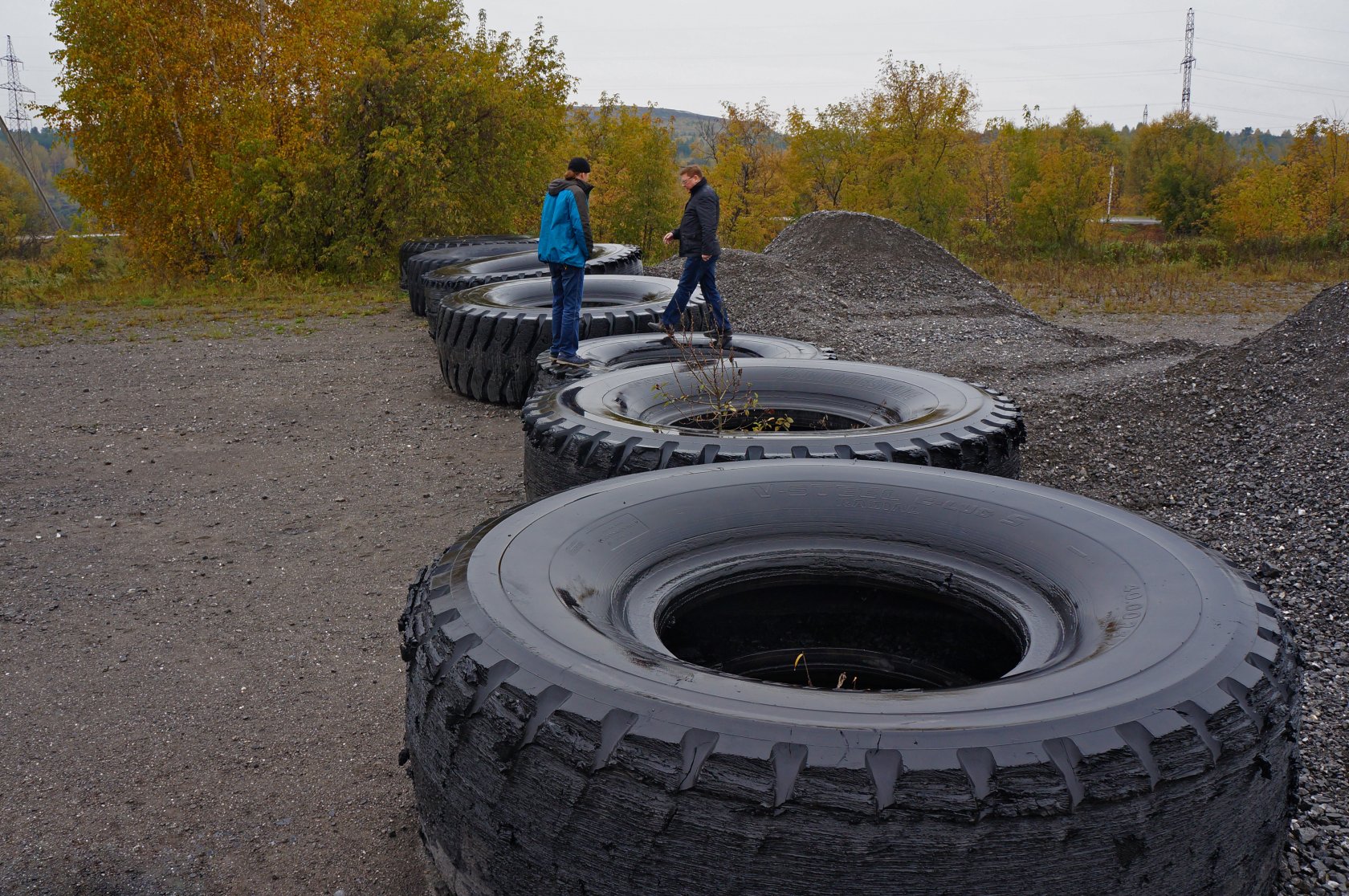
Four hours difference with Moscow and early rise make us more sensitive to the perception of reality. About hour and a half after leaving from Novokuznetsk at 8 am, we debus near the first coal mine on our way. Jumping on tires from BelAZ, folded on the road, we get out on the observation deck. Bachatskij coal section near the town of Belovo is considered one of the largest in Russia: the depth of the pit is 280 meters, length – almost ten kilometers, width – from 0.9 to 2.3 kilometers. MC "KRU" develops here.
After oil spills under Usinsk with the memories of witnesses on the lakes of burning oil you feel like at the next circle of hell. Here is our Virgil – Anton Lementuev, who calls himself a senior projectionist of "Ecodefence". Besides, he is also an environmentalist specializing in coal mining. We are on the cutting edge of section, looking at the opened earth inside, with swarmed huge 320-ton BelAZ, they remind yellow bugs. Low gray clouds pile on the ground. It's raining. A dense vapor rises from the heated rock, almost immediately mixing with clouds. Dimly glistening red lights flare up under the piles here and there due to the pressure. Remembering Tartarus, Mordor, and biting midges of the Strugatsky novel "The Ugly Swans". It seems that ordinary people can not live or work here.
Blast hole production drilling
First, top layer of soil and clay is removed, exposing bedrock. Then drillers team drill several dozen wells and put explosives in them, its total weight can reach more than a hundred tons. Coal is pulled out from the pit by special giant excavators, loaded into dump trucks (sometimes replaced by conveyor) and lift along the serpentine on the coal depot, located on the surface. From there it is transferred into wagons and sent for export or domestic consumers – on the boiler and power plants.
First, top layer of soil and clay is removed, exposing bedrock. Then drillers team drill several dozen wells and put explosives in them, its total weight can reach more than a hundred tons. Coal is pulled out from the pit by special giant excavators, loaded into dump trucks (sometimes replaced by conveyor) and lift along the serpentine on the coal depot, located on the surface. From there it is transferred into wagons and sent for export or domestic consumers – on the boiler and power plants.
Bachatskij section is famous for the fact that in 2013 there was a major earthquake. The strength of tremors in its epicenter reached 7 points, the magnitude was equal to 6.1. Then it damaged about 500 houses, and the total damage was estimated at 1.7 billion rubles. The earthquake has been named the most powerful in this region over the last hundred years. The version of the man-caused nature was refuted by authorities, but scientists, in particular, the director of the Geophysical Service of Russian Academy of Sciences Viktor Seleznev pointed not only to the fact that the earthquake was provoked by the activities of mining companies, but also the fact that it has become the largest of the man-made. In an interview to RIA Novosti Seleznyov said: "It [the earthquake] was initiated by mining operations in the pit. While there was a small pit, there were no problem. Now there are hundreds of meters deep, such a scale of rocks was extracted. A zone of concentration appeared because of redistribution of tension in the area. This is not the first event, there were also events a year or two ago."
Environmentalist Lementuev explains: in a short time a very large mass of soil was moved, leaving the existing tension in the thickness of sedimentary rocks triggered discharge, which was manifested as an earthquake. Also, technological explosions contributed to the detente that is carried out for the rock and coal breaking.
Environmentalist Lementuev explains: in a short time a very large mass of soil was moved, leaving the existing tension in the thickness of sedimentary rocks triggered discharge, which was manifested as an earthquake. Also, technological explosions contributed to the detente that is carried out for the rock and coal breaking.
Starobachaty. The edge
Road to Starobachaty leads to coal mine and breaks to it. Along the edges there are houses. Some of them were seriously injured by the earthquake three years ago, but are repaired now. Chickens walk in the gardens, potato is not totally harvested, cabbage grows. Next to each house there is a pile of coal. People burn it.
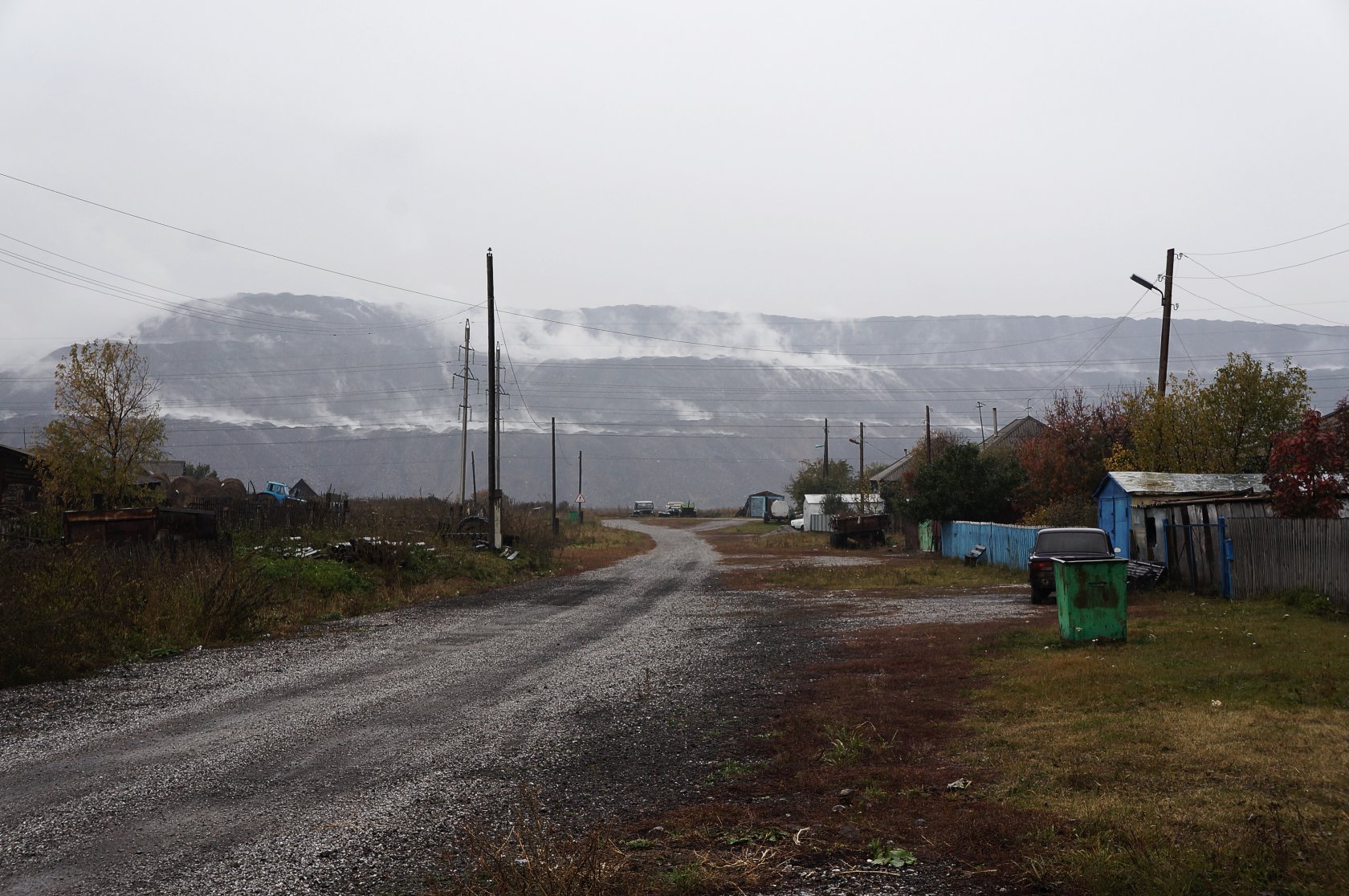
Near one of the houses closest to the edge of the section, we see easily dressed man – he went out to smoke in the yard, curiously looking at us. Such number of aliens is rarity here. We come up to get acquainted.
'Vasily,' man presents himself and smiles, flashing gold teeth.
Fence of his house is decorated with car drives, we see figure in red over it.
'Is that a bogey?'
'No, it is a mannequin. Found it, brought, and put some clothes on it. I will dress it warmer in winter.'
Rain washes coal dust, pit smokes – it is a steam from heated rocks, in some places coal lights up and blinks red under pressure. When we ask about how he lives close to the cut, Vasily shrugs – it looks like he lives well.
'And what about environment, air pollution?'
'I am adapted, and not scared; on the contrary, I like it.'
'Vasily,' man presents himself and smiles, flashing gold teeth.
Fence of his house is decorated with car drives, we see figure in red over it.
'Is that a bogey?'
'No, it is a mannequin. Found it, brought, and put some clothes on it. I will dress it warmer in winter.'
Rain washes coal dust, pit smokes – it is a steam from heated rocks, in some places coal lights up and blinks red under pressure. When we ask about how he lives close to the cut, Vasily shrugs – it looks like he lives well.
'And what about environment, air pollution?'
'I am adapted, and not scared; on the contrary, I like it.'
Vasily is a miner and misses job, he is now on vacation. He is not bothered by any operating noise of cars or coal dust, carried from the section by wind. He sees no guilt of mining company in the earthquake three years ago and considers it a natural phenomenon. Standing in the cold rain in a T-shirt and talking to us, he is obviously freezing, but does not go home.
After talking with Vasily, we go to the opposite side of the mine. Stockholm Syndrome, – someone shares impressions from the conversation.
After talking with Vasily, we go to the opposite side of the mine. Stockholm Syndrome, – someone shares impressions from the conversation.
The impact of coal mining on health
People living in the vicinity of coal-producing mines are heavily exposed to coal dust, which leads to occurrence of respiratory diseases and allergies. Mining waste contains heavy metals and other toxic substances that can get into the groundwater and air. Another problem – radioactivity. Lignite contains uranium, thorium and potassium-40.
Life expectancy of the average inhabitant of the Kemerovo region is for 3-4 years less than that of the Russians, on average, partly because of environmental concerns. The incidence of tuberculosis in the region exceeds the average level in Russia 1.7 times. Level of 15 cancer diseases in the region is above the Russian average (seven – higher than the average in the Siberian Federal District). High risk of mass infectious disease of children is related to air pollution with particulate matter, formaldehyde, nitrogen oxides.
People living in the vicinity of coal-producing mines are heavily exposed to coal dust, which leads to occurrence of respiratory diseases and allergies. Mining waste contains heavy metals and other toxic substances that can get into the groundwater and air. Another problem – radioactivity. Lignite contains uranium, thorium and potassium-40.
Life expectancy of the average inhabitant of the Kemerovo region is for 3-4 years less than that of the Russians, on average, partly because of environmental concerns. The incidence of tuberculosis in the region exceeds the average level in Russia 1.7 times. Level of 15 cancer diseases in the region is above the Russian average (seven – higher than the average in the Siberian Federal District). High risk of mass infectious disease of children is related to air pollution with particulate matter, formaldehyde, nitrogen oxides.
The increasing rain alludes to the fact that we will not meet anyone here. But Anton is persistently ringing at the gate of a house. In response, a dog is straining in the yard. Finally there is an elderly man. After learning who we are and why came to Starobachaty, he persistently asks not to make photos of him. He also refuses to call his name.
'You are not locals. I can see how you watch on coal.'
Indeed, waiting for someone to approach, we have watched the coal heap in the yard with interest – this view is unusual for someone who does not live near the places of coal mining.
'Is this a good coal?' Zinaida Burskaya from Moscow asks.
'Previously, it was good, but now – not really. A good one is going abroad.'
'You are not locals. I can see how you watch on coal.'
Indeed, waiting for someone to approach, we have watched the coal heap in the yard with interest – this view is unusual for someone who does not live near the places of coal mining.
'Is this a good coal?' Zinaida Burskaya from Moscow asks.
'Previously, it was good, but now – not really. A good one is going abroad.'
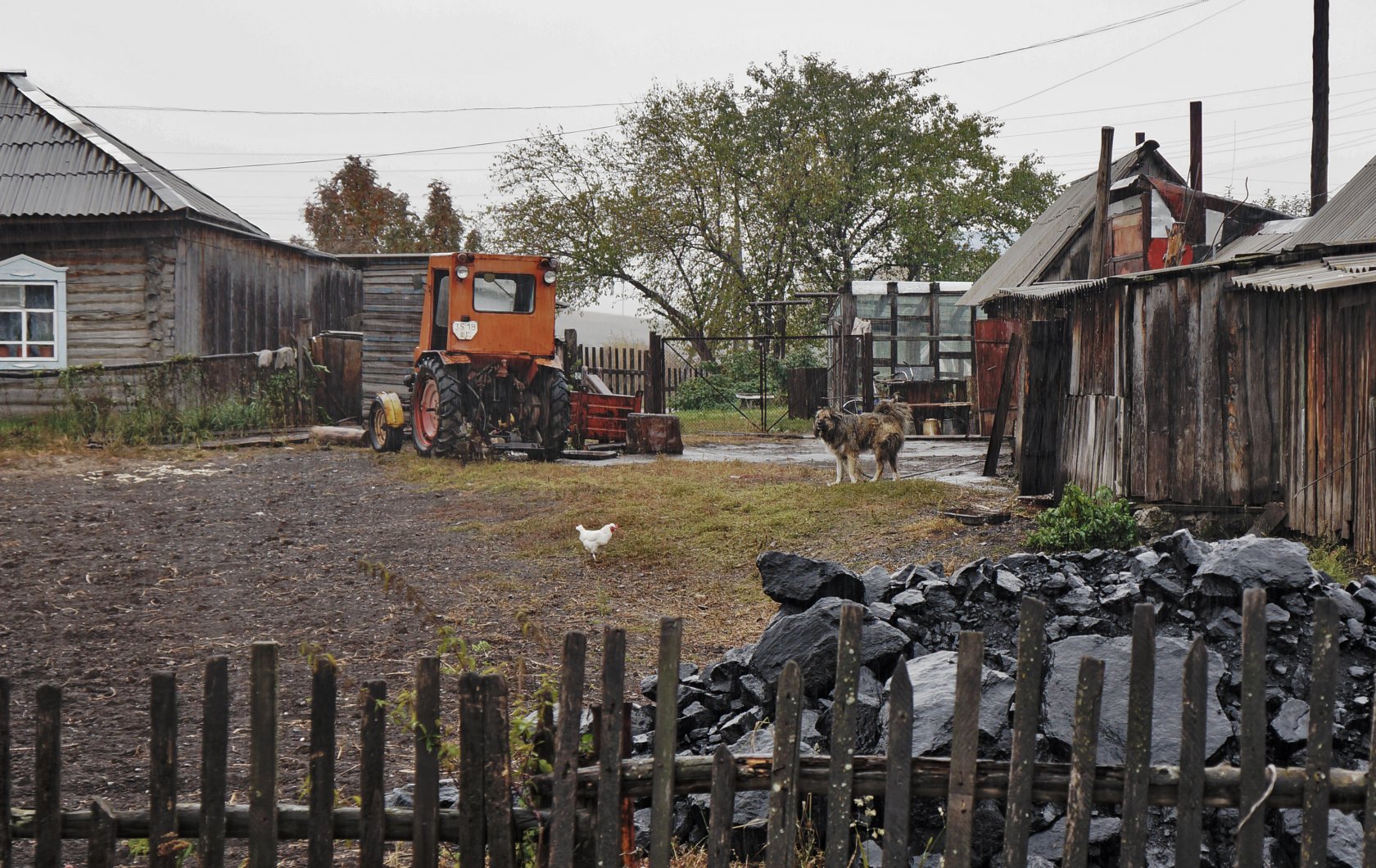
Our interlocutor is also a miner in the past, so the section gives him free coal. Before he retired, he worked for 35 years at the same Bachatsk section on BelAZ. When he was offered an apartment close to the place of work, he agreed. His son also works on the section. Salary is big enough not only by local standards – about 60 thousand. Life and welfare of family is connected to coal mining, so man talks about the earthquake reluctantly: well, it happened, but a technological nature is only a version. As we speak, I swipe the steel gate bar. A thick black smoke on the finger, even the rain can not wash it away.
In the evening, discussing the trip, Anton Lementuev will lament the fact that the earthquake is still not discussed, and people do not reflect on this subject:
'Nobody talks about the constant threat that hangs over us. Everyone knows that dust or smoke from the chimney is harmful. But it can explode and the entire city can be destroyed.'
In the evening, discussing the trip, Anton Lementuev will lament the fact that the earthquake is still not discussed, and people do not reflect on this subject:
'Nobody talks about the constant threat that hangs over us. Everyone knows that dust or smoke from the chimney is harmful. But it can explode and the entire city can be destroyed.'
Everyone knows that dust or smoke from the chimney is harmful. But it can explode and the entire city can be destroyed.
"Quiet" explosions and wind rose
The village seems deserted because of bad weather. Rain is pouring down monotonously and persistently. Greyness, dampness and dogs barking. Inscription "H – hopelessness" would look great hanging in the air with smoldering dumps on the background. It seems that there is no one to talk to. But here comes Anton – we are invited into one of the houses.
The house is quite large, well-groomed. In the yard – a lot of outbuildings, there is a garden behind the house. Inside the house, damp bloggers sit on sofas and armchairs of the spacious and dry room. The hosts are a married couple, their surname is Kankevich, and they remain standing. They, unlike their neighbors, are talkative and lively talk about the earthquake.
The house is quite large, well-groomed. In the yard – a lot of outbuildings, there is a garden behind the house. Inside the house, damp bloggers sit on sofas and armchairs of the spacious and dry room. The hosts are a married couple, their surname is Kankevich, and they remain standing. They, unlike their neighbors, are talkative and lively talk about the earthquake.
In the room, there are two arched openings. During conversation the hosts stand next to each of them, which makes their performances theatrical. However, Kankevichi do not act, but recollect actual events. They talk not only about the earthquake of 2013, but also about smaller tremors, which regularly harassed villagers. They are not doubt about a man-made nature of cataclysm.
'You know, I do blasting operations, seismologists install sensors now,' her husband says, 'and banned from making big explosions. The biggest charge now is 350 tons, but before anything could happen. The largest was 1 248 tonnes.'
Even section authorities arrived of to Kankevich family – after one of the explosions they complained that the whole house was shaken. Arrival of bosses miraculously coincided with the absence of serious explosions. Representatives of the company have signed a paper about the insignificance of explosions and left, reminding owners that if there is no coal – there is no work for local men. There is enough work, and it goes around the clock. Blasters work in shifts, shift lasts for 12 hours with hour break for lunch.
'You know, I do blasting operations, seismologists install sensors now,' her husband says, 'and banned from making big explosions. The biggest charge now is 350 tons, but before anything could happen. The largest was 1 248 tonnes.'
Even section authorities arrived of to Kankevich family – after one of the explosions they complained that the whole house was shaken. Arrival of bosses miraculously coincided with the absence of serious explosions. Representatives of the company have signed a paper about the insignificance of explosions and left, reminding owners that if there is no coal – there is no work for local men. There is enough work, and it goes around the clock. Blasters work in shifts, shift lasts for 12 hours with hour break for lunch.
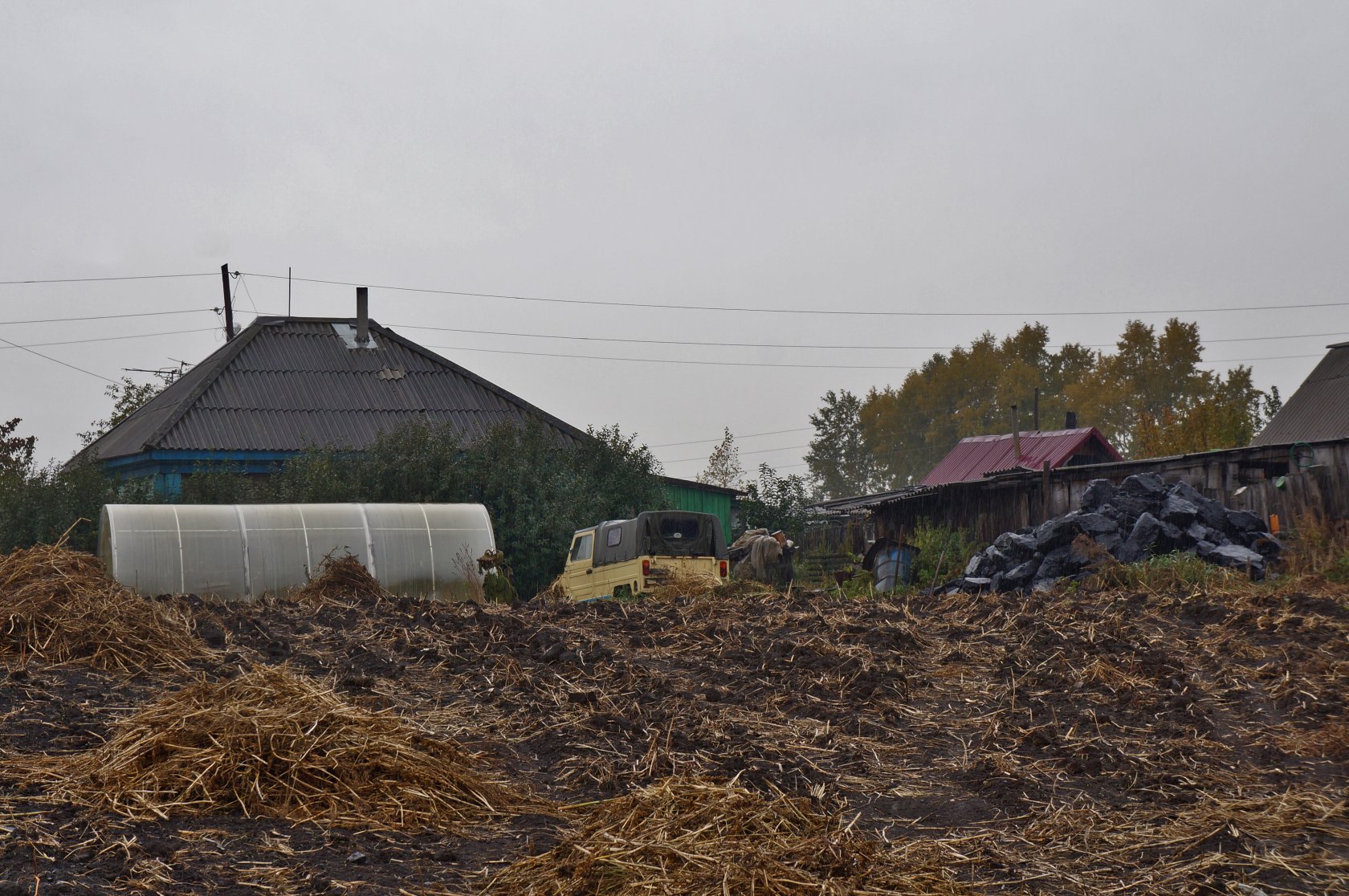
In 2013, Kankevichi, affected by the earthquake, were issued to a total of 50 thousand rubles for house repair, despite the fact that a major overhaul was required – damaged ceiling, cracked walls, they had to throw away furniture, covered with coal dust. The Commission which examined house after the earthquake first identified their house for demolition. But the local village council overturned the decision. A team, that helped to restore housing, made a number of cosmetic operations. In fact, according to the couple, the main burden of repairs laid on the family. All summer of 2013 Kankevichi huddled in the summer kitchen in the yard and were doing repairs. They had to spend about 100 thousand so the house became habitable again – all available savings.
Residents also can not count on social support of the coal companies – roads and street lighting are not repaired. In spring, houses were flooded, and they also blame the miners.
'Pipe [water pipe] is very old, probably, they reached it,' Kankevichi suspect.
Sometimes clouds of black dust fly from the mine and it becomes impossible to breathe in the village.
'I do not know why I have terrible headaches sometimes,' Maria Kankevich complains.
Residents also can not count on social support of the coal companies – roads and street lighting are not repaired. In spring, houses were flooded, and they also blame the miners.
'Pipe [water pipe] is very old, probably, they reached it,' Kankevichi suspect.
Sometimes clouds of black dust fly from the mine and it becomes impossible to breathe in the village.
'I do not know why I have terrible headaches sometimes,' Maria Kankevich complains.
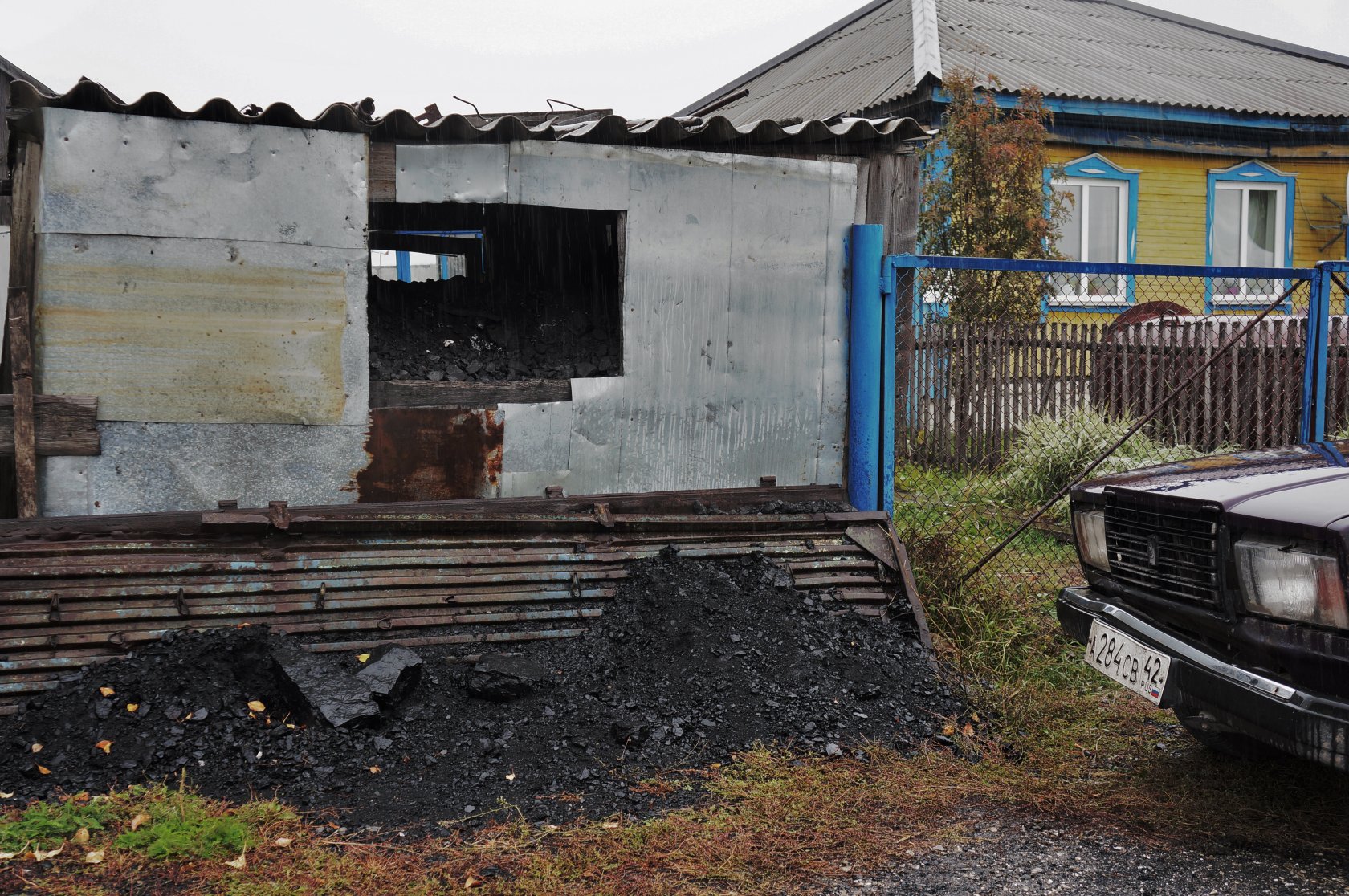
She repeatedly wrote to various authorities, even appealed to the regional governor Aman Tuleyev, complaining of a bad environment. But he only sent orders to sort out on the spot. Rospotrebnadzor experts came from Kemerovo to sort out and make air measurements. Maria Alexandrovna remembers that it was six in the morning, when blasting was not carried out. Experts from the regional center told blaster Kankevich about small quantity of explosions on the mine where he worked, that amused him. They also showed a map with wind rose, which was supposed to prove that wind never blown in the direction of the village. The hosts, who dried the laundry in the house because it turned gray and starts to smell bad in the street, found experts' arguments unconvincing. Blasting operations are carried out every day, except weekends and holidays. On both sides of their venues there are heaps of soil, and when the wind blows from the north, all the dust raised by the explosion moves to Starobachaty. The toxic slurry settles on houses and gardens.
Monocity is threatened by pit development
Bravely refusing tea (short of time), we go to soak to Vahrushevsky section located near Kiselevsk. Vahrushevsky rivals with Bachatsky in size. Here we will have not only an impressive and somewhat apocalyptic view of coal mining, but also a little adventure.
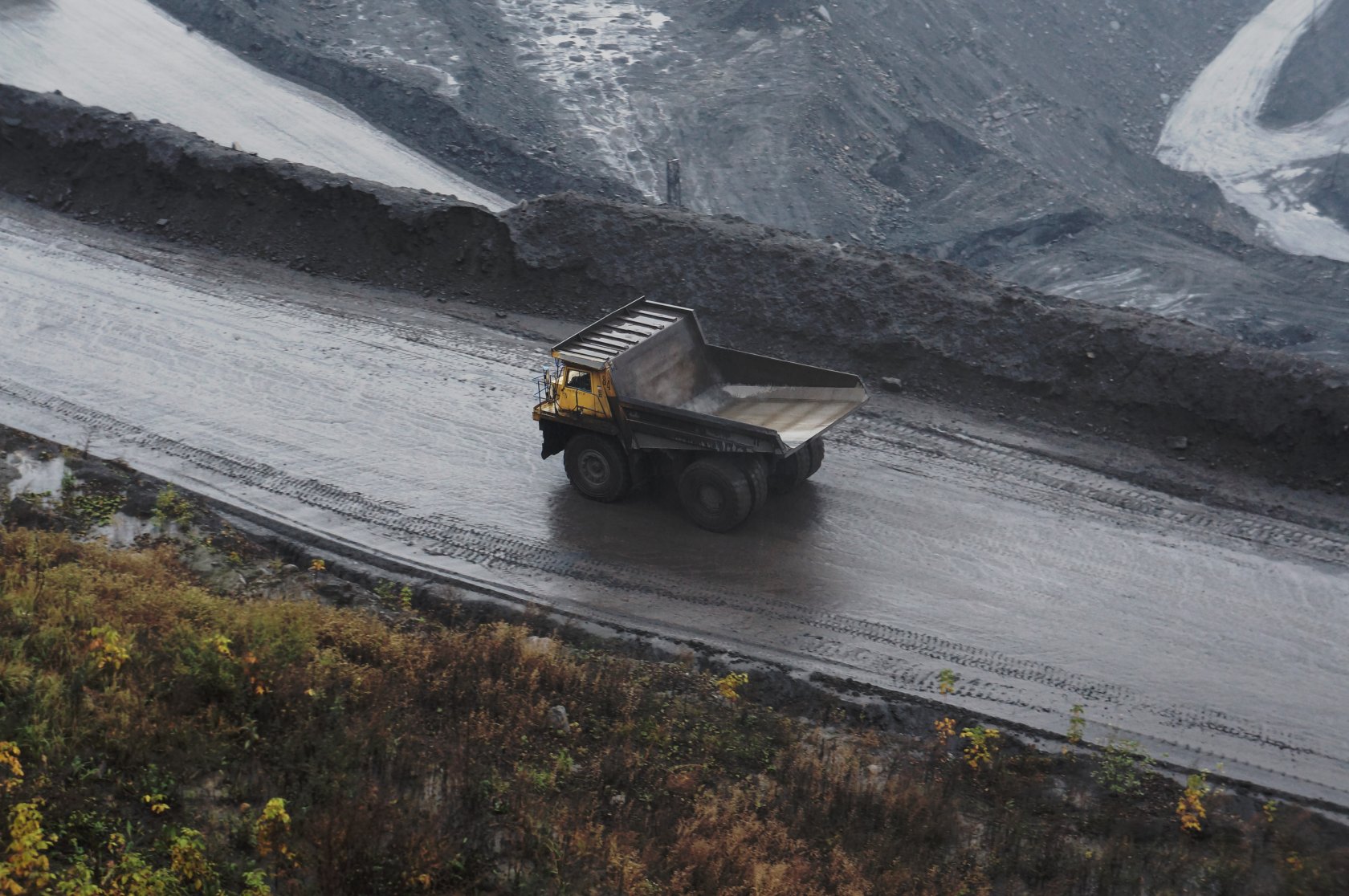
Before that, however, we will briefly stop in Kiselevsk — monotown which life is associated with coal mining. In the best years, in the late 80's, almost 130 thousand people lived here. Now the population has fallen to just over 90 thousand. Under the incessant rain the city looks dull and makes us think that this place suits to quietly lose yourself into drinking. We leave the minibus near one of the houses and build a line along the wall to escape from the water flow. Vladimir Slivyak said that the distance from the city to Vahrushevsky section growing and crawling toward the city is just four kilometers. Nowadays, development is so intense that there is a danger of repetition of technogenic earthquake comparable to what happened three years ago in Bachatsky section area. But in this case the consequences can be much more catastrophic, wet wall that we back with wet bodies can fall too. Trying to understand the fragility of life in Kiselevsk, we go to the section.
When you stand on a cliff and look at a pit, the section does not seem so overwhelming. But then they point to a microscopic tap in depth and explain that it is the size of a three-storey house. You can figure out scale by looking at trees growing on the edge of the section. From a distance, they seem to be almost blades of grass.
The main source of pollution in blast hole production drilling is an inorganic dust containing silica, coal ash and soot. Every year more than half a million tons of pollutants emits in the Kemerovo region, into water bodies as well – more than half a million cubic meters of dirty wastewater.
Average levels of harmful pollutants in the air of different cities of the Kemerovo region exceeded the maximum permissible concentration in Russia in two or three, and in some cases in 18 times.
Average levels of harmful pollutants in the air of different cities of the Kemerovo region exceeded the maximum permissible concentration in Russia in two or three, and in some cases in 18 times.
We return to the road to a minibus, on our way meet three members of the private security company.
'You can not be here,' one of them warns, 'private territory!'
Bush of wild hemp, swaying by the wind literally at his feet, makes the situation ambiguous and ironic.
The guards demand to remove all that we shot. On the one hand, they are trying to look stern, on the other – they are terribly curious: who we are, where came from, what we need. They have never been observed such large heterogeneous crowds here.
Despite the formidable demands, employees of security company have nothing to bring: territory is not fenced, there are no restricting signs, and the land is not owned by a mining company, it is leased from the state, and we, the citizens, have the right to walk where we want. Without having talked, we peacefully disperse. Photographer Petr Shelomovsky says that he faced with similar situations:
'Well, it's there job.'
'You can not be here,' one of them warns, 'private territory!'
Bush of wild hemp, swaying by the wind literally at his feet, makes the situation ambiguous and ironic.
The guards demand to remove all that we shot. On the one hand, they are trying to look stern, on the other – they are terribly curious: who we are, where came from, what we need. They have never been observed such large heterogeneous crowds here.
Despite the formidable demands, employees of security company have nothing to bring: territory is not fenced, there are no restricting signs, and the land is not owned by a mining company, it is leased from the state, and we, the citizens, have the right to walk where we want. Without having talked, we peacefully disperse. Photographer Petr Shelomovsky says that he faced with similar situations:
'Well, it's there job.'
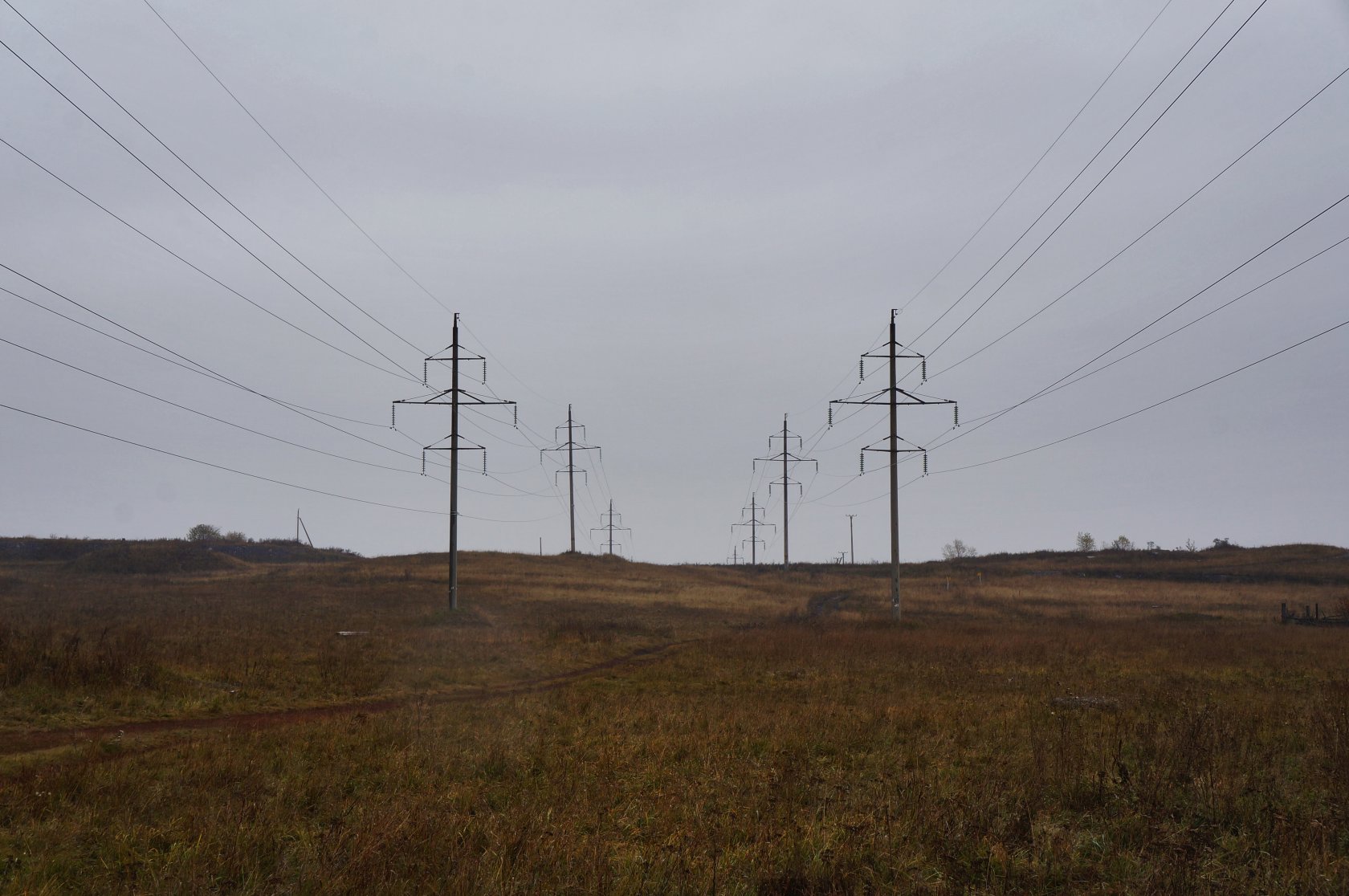
After going through copse that turns reddish, jumping over pits, climbing over some pipes, we go out on the street, sit in a yellow gazelle with tinted windows and go to Kiselevsk to finally eat.
«Sections thrive»
In the evening in Novokuznetsk, we gather to discuss what we saw and intermediate results. Environmentalist from Kemerovo Maxim Uchvatov begins conversation. He explains companies' scheme of obtaining plots for development:
'Federal structure exposes a plot with subsoil to the competition, the contestants come, someone wins, pays for a license – 300 million or 500. They get plot for development. Sometimes these plots are close to the locality or the conservation area. The federal center does not know what is situated on plots put up for auction.
All coal mining companies in Russia are private and not always large, there many of such companies. It often happens that the company, having worked for some time, is closed, and there is a new one in its place. So it is very difficult to track beneficiaries who stand for specific developments,. After purchasing a license, passing various stages of design and approval of the regulatory authorities, the company starts development, but it can be continued by another one. A single section may also be developed by a few companies. All of them in the last few years have developed a storm of activity, sections appear here and there on the sites of the old mines and grow rapidly.
'Federal structure exposes a plot with subsoil to the competition, the contestants come, someone wins, pays for a license – 300 million or 500. They get plot for development. Sometimes these plots are close to the locality or the conservation area. The federal center does not know what is situated on plots put up for auction.
All coal mining companies in Russia are private and not always large, there many of such companies. It often happens that the company, having worked for some time, is closed, and there is a new one in its place. So it is very difficult to track beneficiaries who stand for specific developments,. After purchasing a license, passing various stages of design and approval of the regulatory authorities, the company starts development, but it can be continued by another one. A single section may also be developed by a few companies. All of them in the last few years have developed a storm of activity, sections appear here and there on the sites of the old mines and grow rapidly.
The largest coal mining companies in Russia:
SUEK
Evraz
Severstal
Mechel Mining
UMMC
KRU
CDC and others.
About 150 thousand people are employed in the industry. There are 170 coal-fired power plants, the age of most of them is over 20 years. The efficiency of some stations only reaches 23%. For comparison, the efficiency of new plants abroad is twice higher and is equal to 46%.
SUEK
Evraz
Severstal
Mechel Mining
UMMC
KRU
CDC and others.
About 150 thousand people are employed in the industry. There are 170 coal-fired power plants, the age of most of them is over 20 years. The efficiency of some stations only reaches 23%. For comparison, the efficiency of new plants abroad is twice higher and is equal to 46%.
'There are new technologies,'Anton Lementuev explains, 'not just technique. There was no proper technology of definition of layer bedding. Mine survey and geological exploration had serious progress in this. Now they run in and determine size, depth and width of the bench.'
'Recently there was a case: ection was excavated, and there was a mine. Two holes miners came out of the hole and smoked. And then went back,' Maxim Uchvatov says.
'Everything happened after 2006,' Anton continues. 'Green light not to do restorationwas given, it is costly. Ideally, the section should be instilled after development. If it is impossible, then at least make blades flat so the walls do not crumble. These are a lot of activities that were observed until 2000 a little. Then it became worse, the situation worsened after 2006. Sections appeared actively. The hearings did not actually take place, companies simply did coal section within certain limits, and it looks legitimate. But people would know about it after the fact.'
'Governor lost his mind after 2000s,' someone mutters.
Tour participants come back to the discussion of the earthquake. They recall that after that budget of the Kemerovo region have not received compensation from the"Kuzbassrazrezugol" for the caused environmental damage.
'Recently there was a case: ection was excavated, and there was a mine. Two holes miners came out of the hole and smoked. And then went back,' Maxim Uchvatov says.
'Everything happened after 2006,' Anton continues. 'Green light not to do restorationwas given, it is costly. Ideally, the section should be instilled after development. If it is impossible, then at least make blades flat so the walls do not crumble. These are a lot of activities that were observed until 2000 a little. Then it became worse, the situation worsened after 2006. Sections appeared actively. The hearings did not actually take place, companies simply did coal section within certain limits, and it looks legitimate. But people would know about it after the fact.'
'Governor lost his mind after 2000s,' someone mutters.
Tour participants come back to the discussion of the earthquake. They recall that after that budget of the Kemerovo region have not received compensation from the"Kuzbassrazrezugol" for the caused environmental damage.
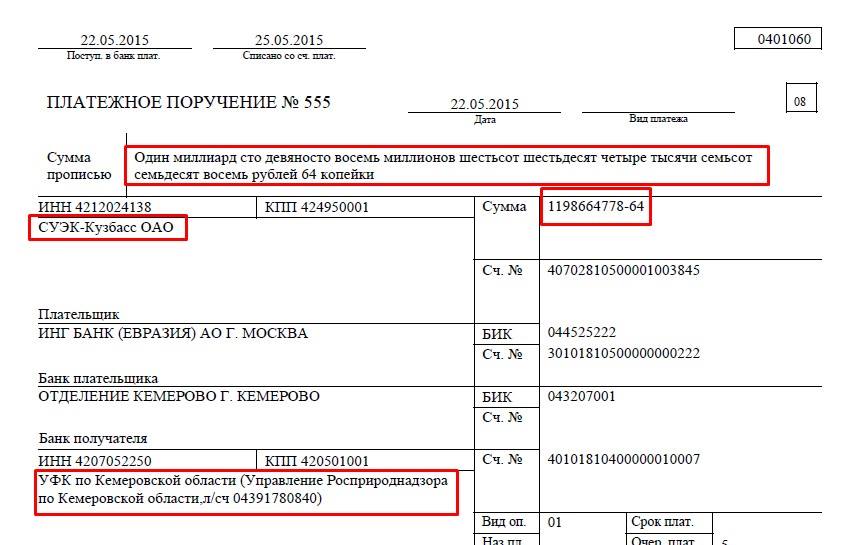
'One of the most serious problems of the local population is a legal and juridical illiteracy,' Vladimir Slivyak sums up. 'They can not defend themselves because they do not know how to make a claim, sue and proceed. Moreover, they often do not know even what their rights are violated. Another negative point – lack of awareness. People often do not know that someone close to them is struggling for their rights, that there is an opportunity to join forces. Coal companies violate precisely because they are aware of the illiteracy of people, that they will not apply. There is a situation of impunity.'
Alexander Serebryannikov from Murmansk suggests that only someone "comparable in strength" with the mining companies can impact on the situation with production, and it is very difficult to change things on their own. Vladimir Slivyak explains that the process does not resolve itself to fighting with mining companies:
'There is, for example, the Norwegian pension fund, very large investor by international standards. The fund invested in coal mines around the world, including five companies doing development in Russia. Last year, the public campaign against coal has forced them to give up on these investments.'
The decision to ban support of coal mining was made at the level of the Norwegian Parliament. Having learned about it and talked a little more, not reassured bloggers walk away.
Alexander Serebryannikov from Murmansk suggests that only someone "comparable in strength" with the mining companies can impact on the situation with production, and it is very difficult to change things on their own. Vladimir Slivyak explains that the process does not resolve itself to fighting with mining companies:
'There is, for example, the Norwegian pension fund, very large investor by international standards. The fund invested in coal mines around the world, including five companies doing development in Russia. Last year, the public campaign against coal has forced them to give up on these investments.'
The decision to ban support of coal mining was made at the level of the Norwegian Parliament. Having learned about it and talked a little more, not reassured bloggers walk away.
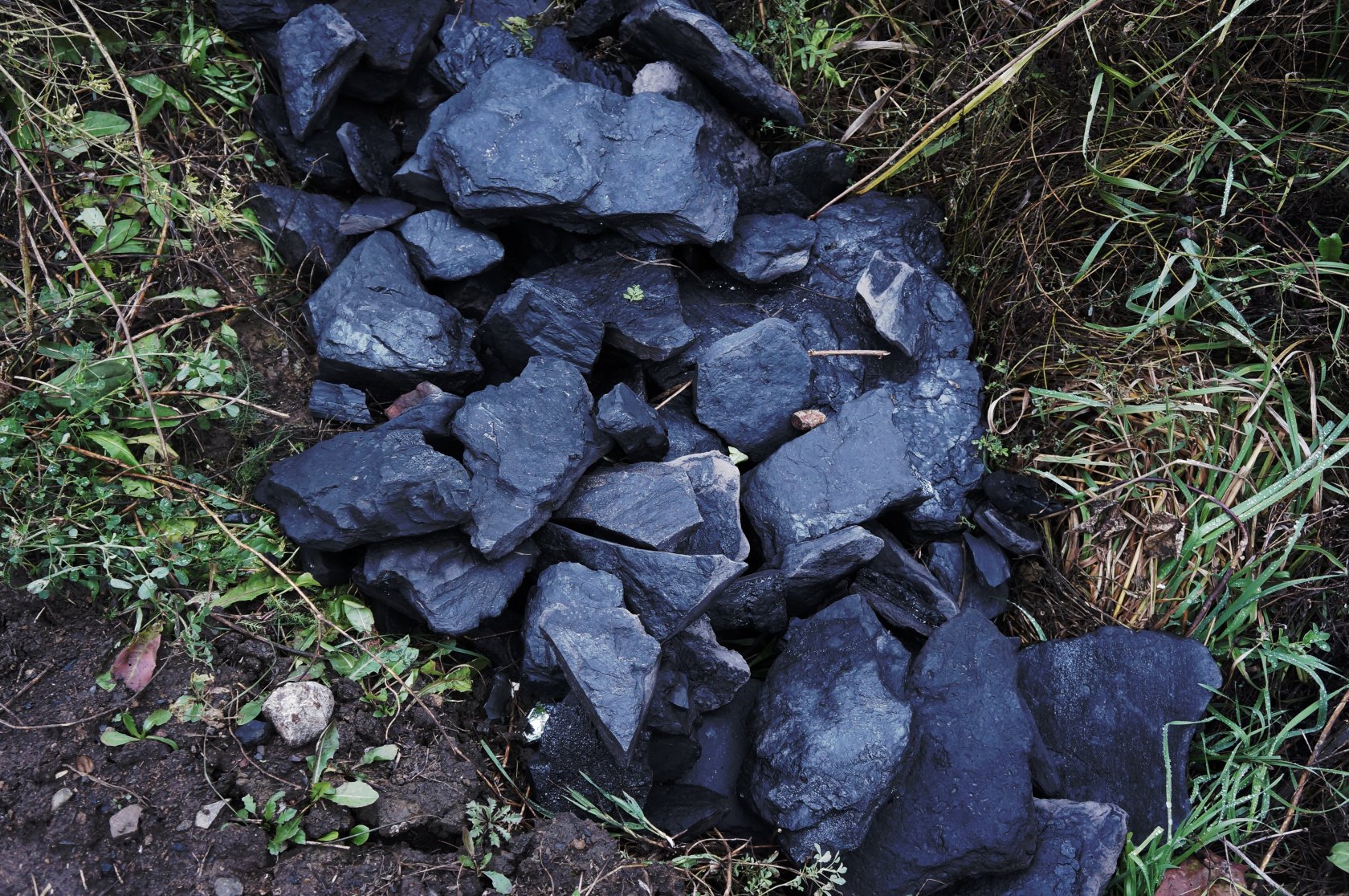
To be continued.
Author — Elena Solovyova
